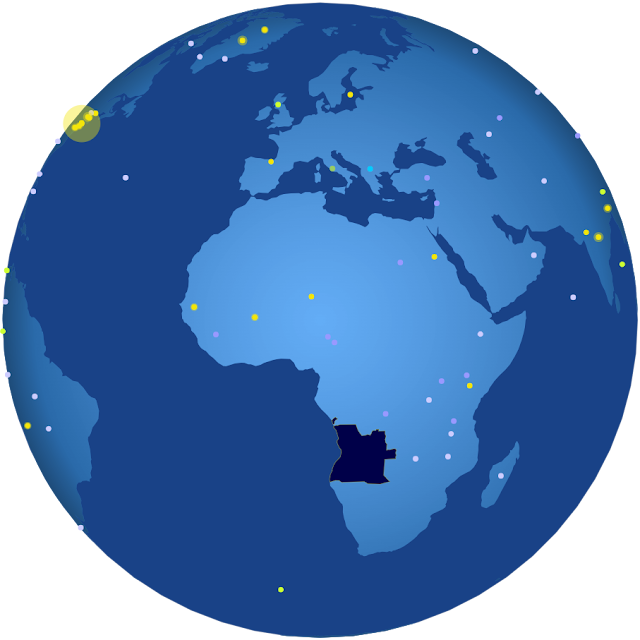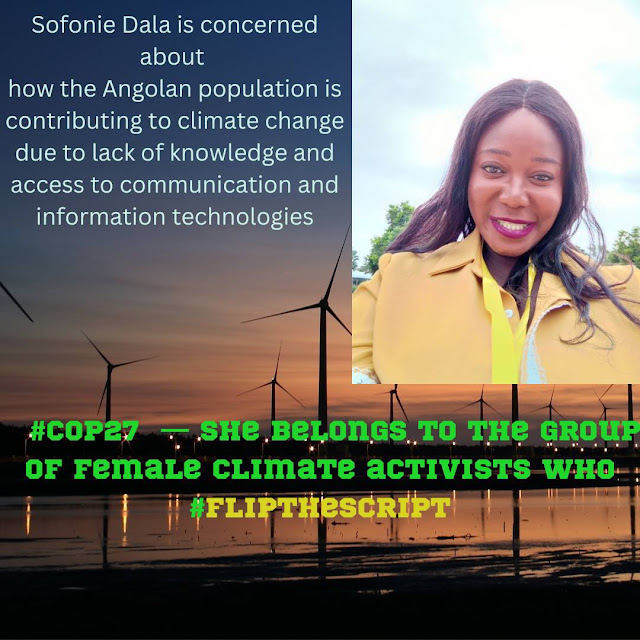Climate and Environment Literacy, Sustainable Energy, Food and Agriculture, Nature Assets, Sustainable Consumption and Production.
Young people are increasingly acknowledged as vital contributors to transformative climate action, playing roles such as negotiators, innovators, inventors, entrepreneurs, and agents of change. However, they face a significant shortfall in essential technical, financial, and political resources and support needed to fulfill their aspirations.
We provide Solutions that naturally address the following areas:
Climate and Environmental Literacy:
This area emphasizes the pivotal role of education and literacy in addressing the challenges posed by the climate crisis. The focus is on equipping individuals, communities and societies with the necessary knowledge, skills, values, and attitudes required for sharing and achieving the goals set by the Paris Agreement and crucial for both mitigating and adapting to the impacts of climate change.
Solutions within this area include:
- comprehensive strategies that go beyond traditional classroom settings, spanning from formal education delivered through institutional channels, such as public organizations and recognized private bodies, to non-formal education providing structured content for lifelong learning.
- informal education, acknowledging learning activities that take place in family, workplace, local community, and daily life contexts.
- awareness-raising about climate issues, ensuring that individuals are not only informed but also actively engaged in disseminating knowledge within their communities, fostering a broader understanding and commitment to sustainable practices.
Sustainable Energy:
The global pursuit of sustainable energy goals is progressing, but the pace falls short of the urgency required. By 2030, an estimated 660 million people will still lack access to electricity, while nearly 2 billion people will continue relying on environmentally harmful fuels and technologies for cooking. The critical role of reliable and affordable energy in our daily lives collides with the stark reality that energy consumption remains the primary driver of climate change, responsible for approximately 60 percent of total global greenhouse gas emissions. In addressing these challenges, proposals are encouraged to explore cutting-edge applications of technology to enhance access to affordable and reliable energy services, promote the widespread use of renewable energy sources, and boost overall energy efficiency. Whether designed for households, industries, or other stakeholders, the proposed solutions could cover a broad spectrum of applications, ranging from clean cooking and transportation to heating and cooling. This holistic approach seeks to catalyze a just and sustainable energy transition aligned with Sustainable Development Goal 7 (SDG7).
Food and Agriculture:
Food systems and agriculture are a key part of climate action. Agriculture and other land uses account for nearly a quarter of all greenhouse gas emissions, and one third of global produce destined for human consumption is lost or goes to waste. Climate change is a major contributor to food insecurity, as food systems struggle to respond to shocks in weather patterns and continually increasing demand. Solutions to these challenges may include, among others, regenerative, resource- and climate-resilient food production practices, or interventions related to food processing, distribution and consumption.
Nature Assets:
Healthy ecosystems are our planet’s life support system. Forests, for example, absorb around one third of the carbon dioxide released annually through the burning of fossil fuels. The ocean is one of the largest carbon reservoirs, while mangrove forests and coral reefs protect our coastlines against rising sea-levels. Despite this immense value, nature is rapidly declining due to human activities. Animal and plant species are disappearing at a rate not seen for 10 million years, while global forest loss continues at a rate of around 10 million hectares per year, costing the global economy nearly US$10 trillion. Solutions in this area centre on the conservation and restoration of these precious natural assets.
Sustainable Consumption and Production:
It is broadly recognized that our unsustainable patterns of consumption and production are driving the triple planetary crisis. Currently, only 7.2 percent of used materials are cycled back into our economies after use. Estimates show that we are already using more than the available amount of Earth’s natural resources and if current trends were to continue, we would need three planets by 2050. Our current economic system can be considered a “linear economy”, built on a model of extracting raw materials from nature, turning them into products, and then discarding them as waste. A successful transition to a circular economy will mean minimizing waste and pollution, keeping materials in circulation for as long as possible at their highest value, and regenerating natural systems. Circular solutions can consider the entire lifecycle of economic activities and products, from electronics to plastics and textiles, as well as improvements in resource efficiency and the designing of products for longevity, repairability, and recyclability.



Comentários
Enviar um comentário